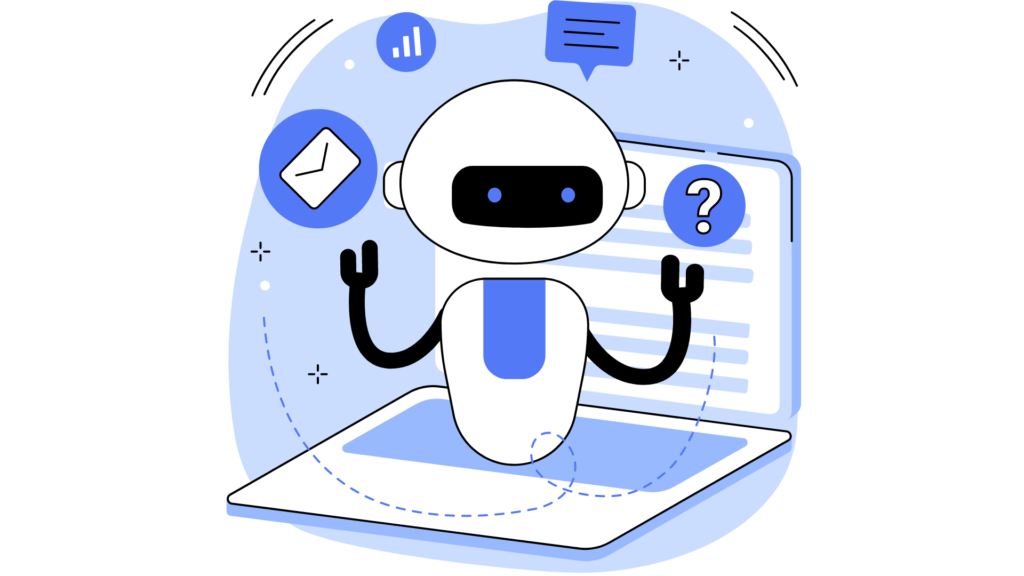Introduction
The era of AI-powered chatbots is upon us, transforming the professional learning and skill development landscape. Once primarily seen as customer service tools, chatbots have evolved into strategic assets in learning and development initiatives, providing instant, personalized assistance 24/7.
Understanding Chatbots
Chatbots can be divided into two main types: rule-based and AI-powered. Rule-based chatbots respond in predetermined ways to specific inputs, while AI-powered chatbots, like ChatGPT, generate responses based on patterns they have learned during their training. AI chatbots use technologies like machine learning (ML) and natural language processing (NLP) to understand the intent of received messages and respond conversationally.
Chatbots for Employee Skill Development

Chatbots are revolutionizing employee training by providing both technical and non-technical skill development. From onboarding new team members to supporting ongoing training initiatives, chatbots provide immediate and contextual assistance, making them an invaluable resource for learning and development teams.
Chatbots for Customer Education and Product Training
In the customer-facing domain, chatbots are transforming how customers learn about a company’s products or services. Chatbots are streamlining the customer learning journey by offering guided tutorials and instant responses to product-related queries.
Integrating Chatbots with Learning Management Systems

One of the key strengths of chatbots is their ability to be integrated with Learning Management Systems (LMS). Chatbots can connect with LMS to guide users to relevant learning resources, provide updates about learning progress, and answer any LMS-related queries. This integration creates a seamless learning experience for both employees and customers.
Benefits of Chatbots in Learning and Development
Chatbots offer numerous advantages in the realm of learning and development. They save time and resources by responding instantly to queries and ensuring access to information beyond normal working hours. Moreover, chatbots can leverage corporate knowledge, such as websites, videos, product manuals, procedures, and policies, to provide ChatGPT-style questions/answers with private data.
Effective eLearning and Chatbot Design Principles

Creating a chatbot that effectively aids in learning and skill development requires a combination of sound eLearning and chatbot design principles:
- User-Centric Design: The chatbot should be intuitive, easy to use, and personalized to the learner’s needs and goals.
- Interactivity: The chatbot should engage the learner through quizzes, assessments, and interactive scenarios.
- Relevance: The content provided by the chatbot should be relevant and useful, supporting the learner’s goals and the learning objectives of the course or training program.
- Immediate and Constructive Feedback: The chatbot should provide feedback that helps the learner understand their progress and areas for improvement.
- Integration with Existing Systems: The chatbot should seamlessly integrate with learning systems like the LMS.
Conclusion
AI-powered chatbots are redefining professional learning and skill development. By harnessing corporate knowledge, integrating seamlessly with LMS, and providing guided learning paths, chatbots offer a personalized and efficient learning experience. As we embrace these innovative technologies, we unlock the full potential of our workforce and equip our customers with the knowledge they need. The future of professional learning is here, powered by chatbots.



